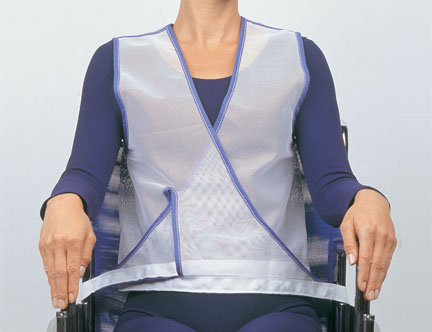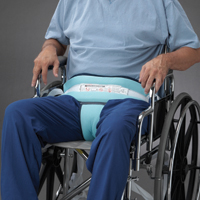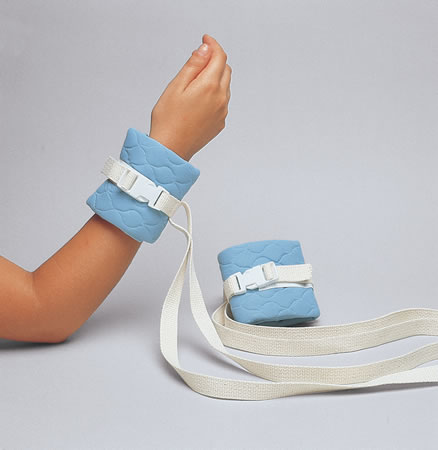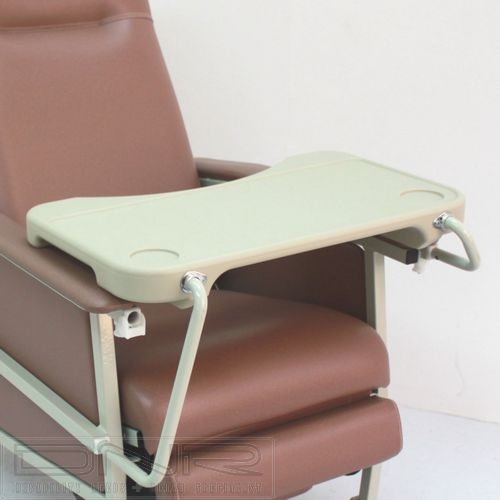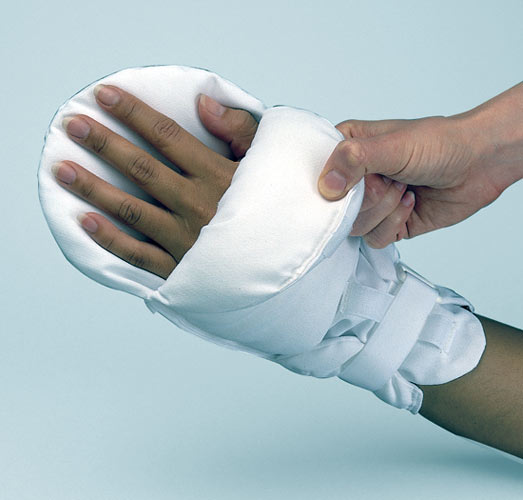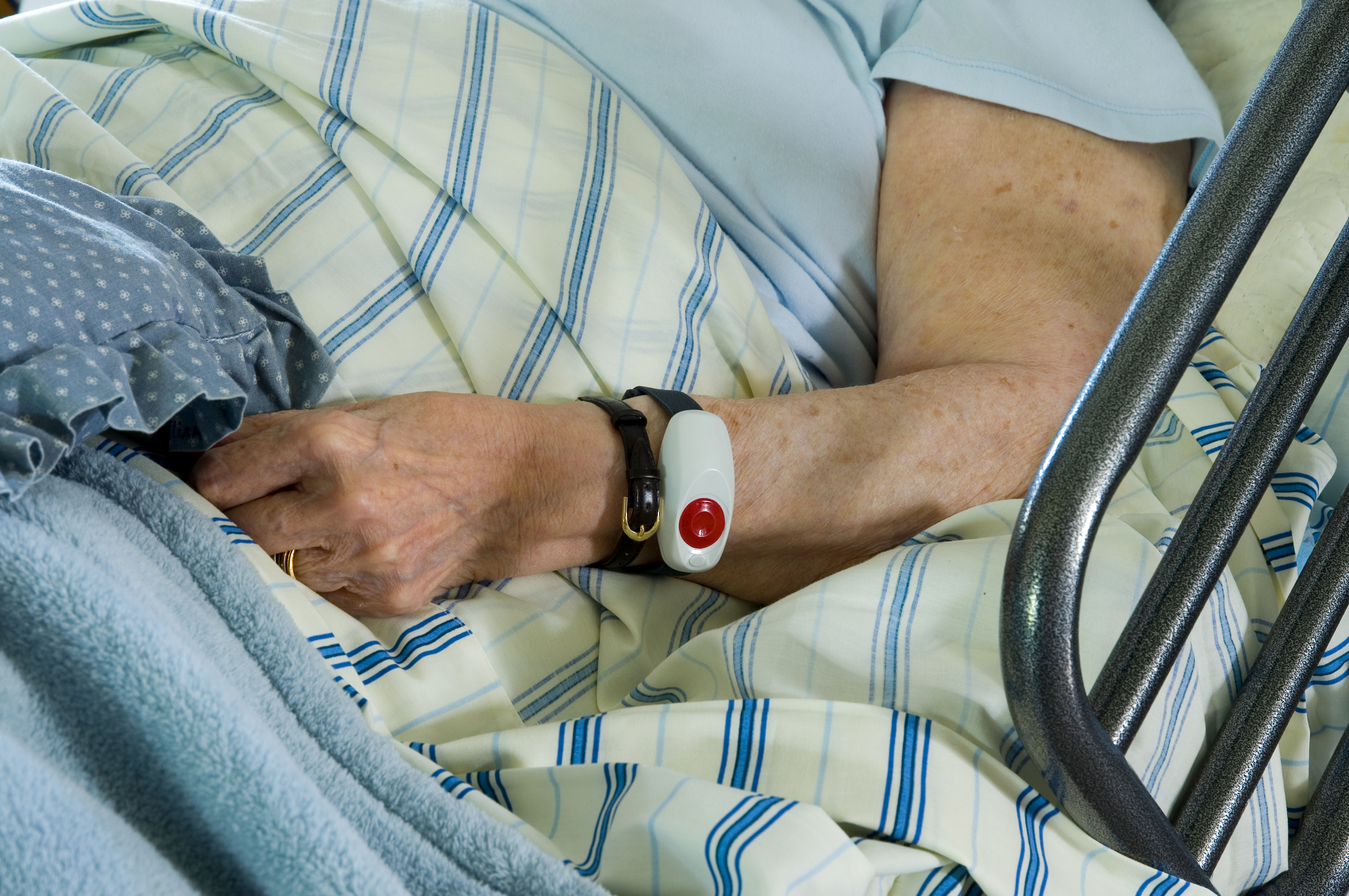Under the 1987 Nursing Home Reform Law, nursing home residents are guaranteed certain rights. The law states that nursing home residents are guaranteed the right to be free from physical or chemical restraints imposed for the purposes of discipline or convenience, and not required to treat the resident’s medical symptoms.
Restraints: What are they?
Physical restraints are devices applied to a wheelchair, bed, or directly to a part of the body that restricts freedom of movement or normal access to one’s own body. Examples of physical restraints:
- Vest and lap restraints – devices worn by a resident while in their wheelchair, chair, or bed that keep a resident essentially tied down and unable to get up
- Limb restraints – worn around the wrist or ankle and secured to a chair or a bed to prevent unwanted movement of arms and legs
- Lap trays and table trays – attached to a wheelchair or other chair in front of the resident preventing them from getting up from the chair
- Hand mitts – worn over the hands and secured at the writs, hand mitts prevent the wearer from using their fingers to grasp objects
- Side rails – rails attached to a bed to prevent a resident from getting up from the bed; side rails have contributed to hundreds of serious injuries, and 155 deaths reported to the Consumer Product Safety Commission.
Chemical restraints are antipsychotic medications given to residents suffering from Alzheimer’s or other forms of dementia in order to sedate them and control their behavior. Chemical restraints are not medically necessary for treatment of an illness. They are merely used as a tool for the convenience of staff members.
Physical restraint use causes injury. Nursing home residents are more fragile and prone to injuries such as bruising and cuts when restraints are used. Elderly residents can experience physiological changes such as poor circulation, pressure sores, weakened muscles and bones, and an inability to control their bladder and bowels as a result of being physically restrained. Quality of life diminishes when residents do not have freedom to move around, unrestrained. They can experience social withdrawal, anxiety, and even depression.
Nursing homes use restraints for a number of reasons. Some facilities use restraints because they believe they are the best tools to ensure resident safety. The fear of liability in the event of an accident may prompt the use of restraints. Facilities that are short staffed use restraints as a convenience.
The use of restraints must be minimized in order to protect residents from potentially dangerous injuries or death, and to maintain their freedom and dignity. Facilities have an obligation to provide their residents with alternatives to restraints.
What can a facility do to reduce the use of restraints?
- Comprehensive assessment – each resident should be assessed for their ability to care for themselves and to determine their personal habits and routines
- Individualized care plan – each staff member who provides care for a resident should be aware of what their personal needs and routines are for walking, eating, toileting, sleep, exercise, rehabilitation, and medications they take
- Staff consistency – staff members should be regularly updated on changes in residents’ care plans. Consistent staff assignments provide comfort and stability for the resident. A staff member who is consistently assigned to a resident will be more aware of any mental or physical changes.
- Use of appropriate safety programs – residents who have a tendency to wander or who have poor safety awareness should be identified and monitored more vigilantly. Personal alarms to alert staff members to a resident’s whereabouts are a better alternative to physical restraints
- Quality of life programs – residents should be encouraged to continue to provide as much of their own care as possible so long as they can safely do so. Residents should be given the opportunity to participate in enjoyable activities that keep them mentally and physically active.
The state of Michigan clearly defines a few instances where the use of restraints is acceptable. In cases where a resident becomes violent or aggressive placing him/herself or others in immediate danger, restraints are allowed for a brief period, and only as a last resort. Certain medical symptoms may require the use of restraints. However, a facility must perform a thorough assessment and care plan and there must be a physician’s order defining the medical symptoms that make restraints necessary. In addition, there should be ongoing assessments and a plan of action to slowly reduce the need for those restraints.
As always, family members and friends of elderly nursing home residents are their first line of defense. Vigilance and a voice are the best tools for those who advocate for the elderly.
If someone you know has been wrongfully restrained in a nursing home or care facility, please call Olsman, Mueller, Wallace & MacKenzie. We can learn about the facts and circumstances relating to the wrongful restraint, and can advise you of the legal opportunities to recover against those responsible.
